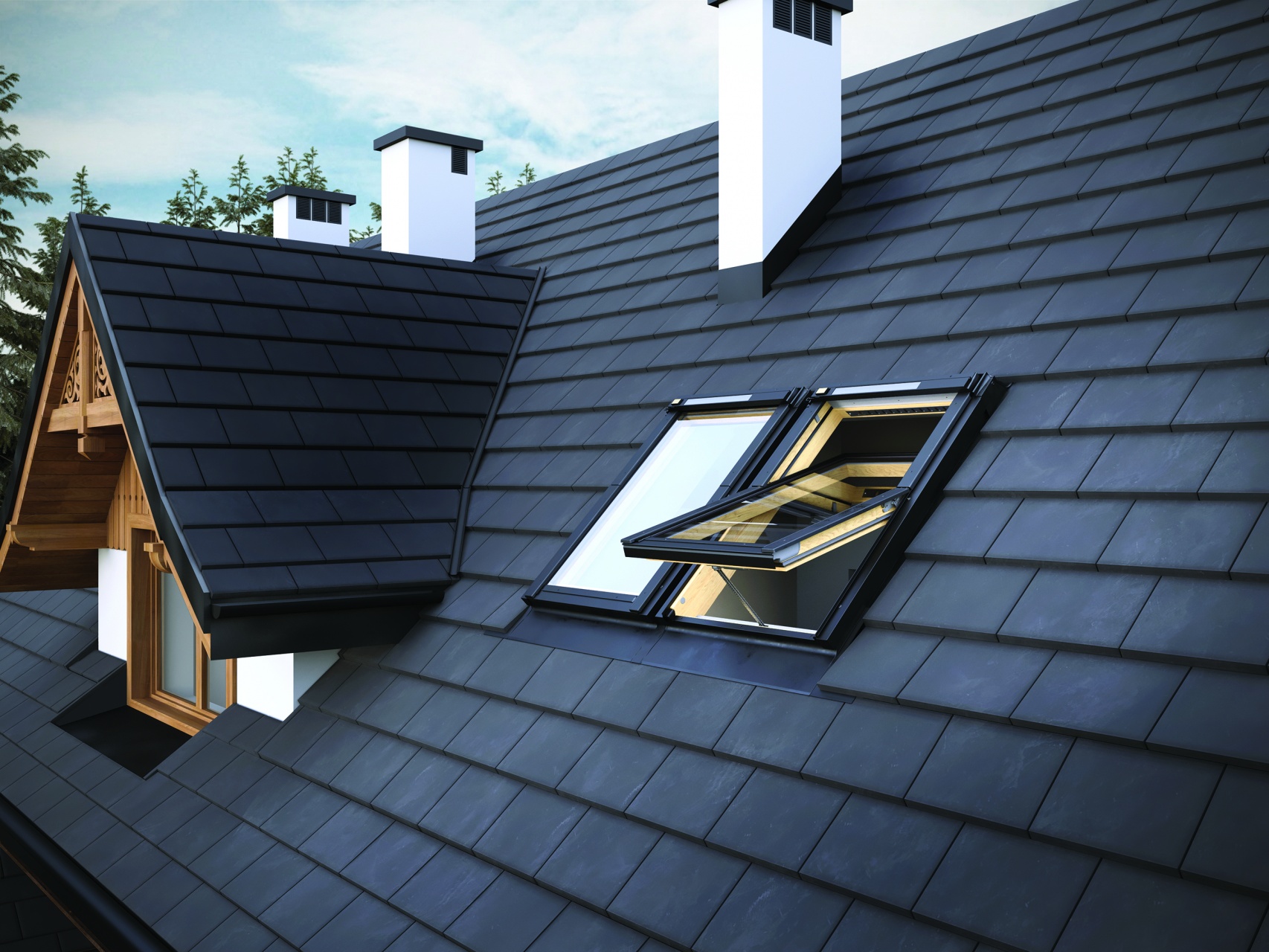Low Vapour Permeability Membranes – Where Can They Be Used?
Modern construction places a strong emphasis on energy efficiency, robust insulation, and long-lasting durability. Passive houses, which present unique challenges for designers and builders, have gained significant popularity. One crucial element in such projects is the roof membrane, which protects buildings from external influences.
Membranes with low vapour permeability are particularly noteworthy due to their unique properties, making them indispensable in numerous construction projects. These membranes are characterised by their limited water vapour transmission, providing maximum protection against external moisture. This is particularly relevant in the UK climate, where rain and snow are common, especially in winter. Low vapour permeability membranes are suitable for both new builds and the renovation of older properties that may not meet current standards and requirements. Thanks to their versatility, they are used in roofs, walls, and foundations, where moisture protection is essential.
What Are Low Vapour Permeability Membranes?
Low vapour permeability membranes, also referred to as roofing foils, are widely used for hydro-insulation. Their primary purpose is to safeguard roofs from leaks caused by condensation beneath the roofing materials. Additionally, they protect foundations and walls from external moisture.
It is important to note that when using a low-permeability membrane in roof construction, a special ventilation gap must be maintained between the insulation layers and the membrane. This ensures that any accumulated water vapour can be effectively channelled away from the structure, preventing condensation within the insulation layers and subsequent dampness inside the building.
But what exactly is the structure of a low vapour permeability membrane? It is primarily composed of synthetic materials, such as polyethylene or polypropylene, which form the vapour barrier layers. These materials provide weather resistance and durability. High-quality vapour-permeable underlays are designed to keep moisture at bay for many years. However, it is essential to understand that these membranes are not universally applicable. Their use requires careful design considerations and an understanding of the specific site conditions to prevent moisture-related issues and ensure the appropriateness of vapour control layers.

How Do Low Vapour Permeability Membranes Work?
Low vapour permeability membranes function by controlling moisture flow, providing effective protection against moisture penetration into the building. Additionally, they minimise the evaporation of moisture from within the structure. This dual functionality relies on the membrane's low vapour-permeability coefficient, which creates a robust barrier to retain liquid water while allowing minimal vapour to escape. Such membranes are particularly beneficial in areas where protection from rain, snow, and groundwater ingress is a priority, such as foundations and walls.
As discussed earlier, these membranes use synthetic layers that must withstand weather conditions and mechanical stress. High-quality membranes often feature hydrophobic coatings on their surfaces, which form an effective vapour barrier and prevent water absorption. It is crucial to select a vapour-permeable underlay that integrates seamlessly with other elements of the building's insulation system. This ensures a cohesive and effective moisture protection system. Finally, adequate ventilation within the structure is essential to prevent water vapour from condensing inside, thereby avoiding issues that could lead to significant structural problems.
What Are the Key Benefits of Using Low Vapour Permeability Membranes?
Low vapour permeability membranes offer numerous benefits, making them essential for both residential and commercial construction projects.
The primary advantage of these membranes is their ability to protect against moisture and water ingress. This includes safeguarding roofs and foundation walls, which are often exposed to harsh conditions, particularly in low-lying or flood-prone areas. By ensuring long-term structural integrity, these membranes significantly enhance the lifespan of the insulation and the overall building.
Furthermore, low-permeability membranes are highly resistant to mechanical damage, moisture, and UV radiation. When installed on roofs, they contribute to a building's energy efficiency by reducing heat loss during winter and preventing overheating in summer. For this reason, they are increasingly used in renovation projects and the construction of energy-efficient and passive houses.
Where Can Low Vapour Permeability Membranes Be Applied?
Low vapour permeability membranes have a wide range of applications in the construction industry, from residential properties to large commercial and public buildings. They are indispensable wherever moisture protection is critical.
These membranes are particularly popular in the construction of pitched roofs and the insulation of foundations and basement walls, where they help to minimise the risk of groundwater infiltration. They are also widely used in outbuildings, warehouses, industrial facilities, and modern energy-efficient and passive homes. When combined with high-quality ventilation systems, they effectively prevent the accumulation of moisture vapour within the building structure, ensuring durability and comfort.






